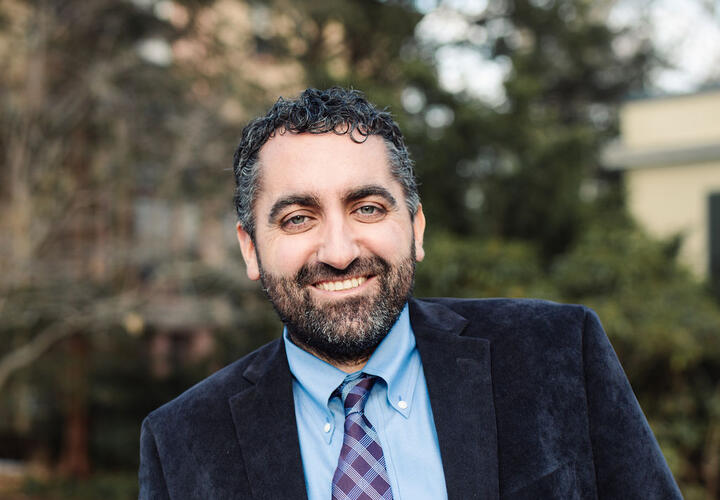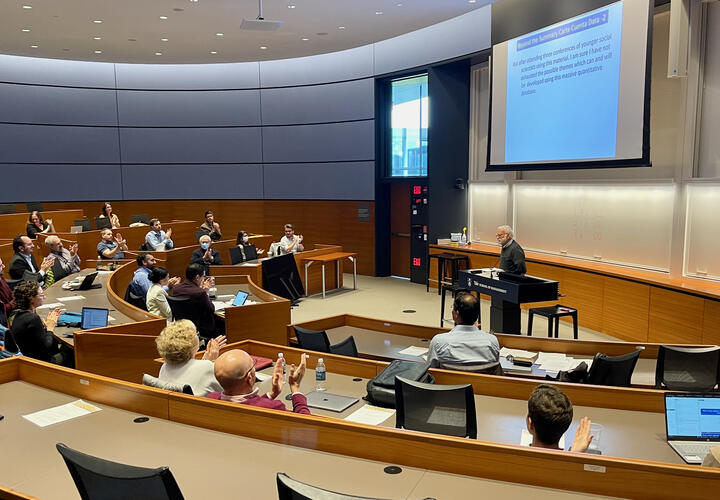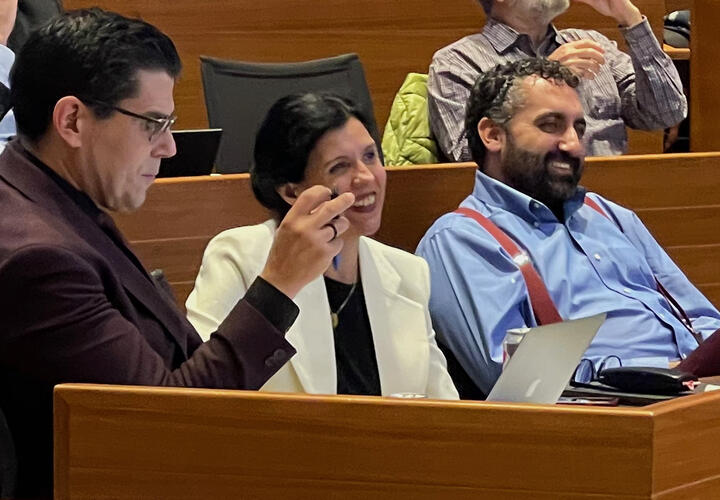Can historic data on voluntary & forced migrations help us understand development across the Americas today?
The Bridging the Atlantic project builds a comprehensive database with immigrant flows from Spain & Africa since 1492, and examines implications for human capital.
“Bridging the Atlantic: Migrations and their Legacies” examines the role of migrants in the economic development of the Americas. Vast economic differences characterize the region: Bolivia languishes with a per capita income of $1,300 while Texas enjoys an income per person above $34,000 (in 1995 PPP dollars). Scholars have traced these differences to the colonial era hinting that human capital played a role in later economic development. This project will build a comprehensive database with immigrant flows from Spain and Africa to the Americas since the Conquest in 1492 until today. By tracking immigrant flows, we will estimate the human capital brought by voluntary and involuntary migrants and their migration networks in Spain and in the Americas.
Largely funded by the National Science Foundation, this project will provide access to this comprehensive database, supporting documentation, and relevant scholarship on migration flows within the Spanish empire.
Project leaders Leticia Arroyo Abad (CUNY & CEPR) and José Antonio Espín Sánchez (Yale & EGC) share the ongoing progress of this project on this website. Come back often for updates!
Research Highlights
Event Highlights
Faculty
EGC Team Members
Copyright: Leticia Arroyo Abad and José Antonio Espin-Sánchez 2021
Funded by NSF award number 2121697








